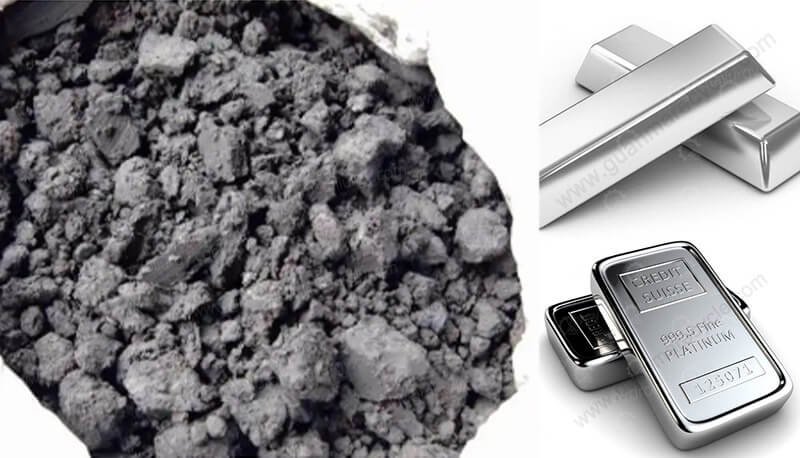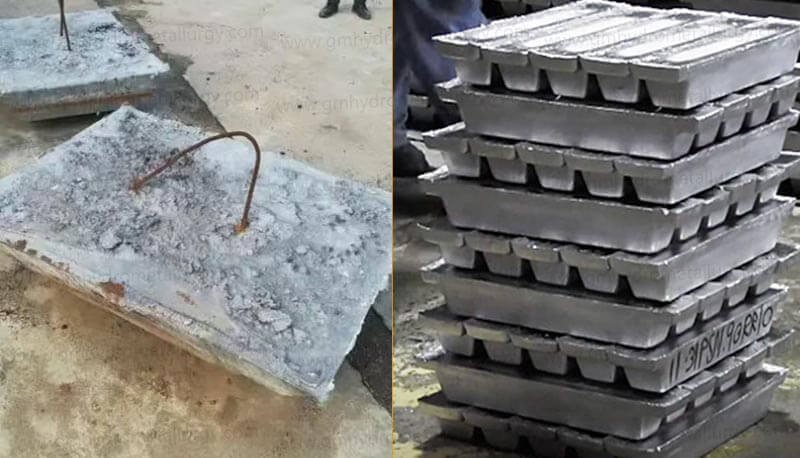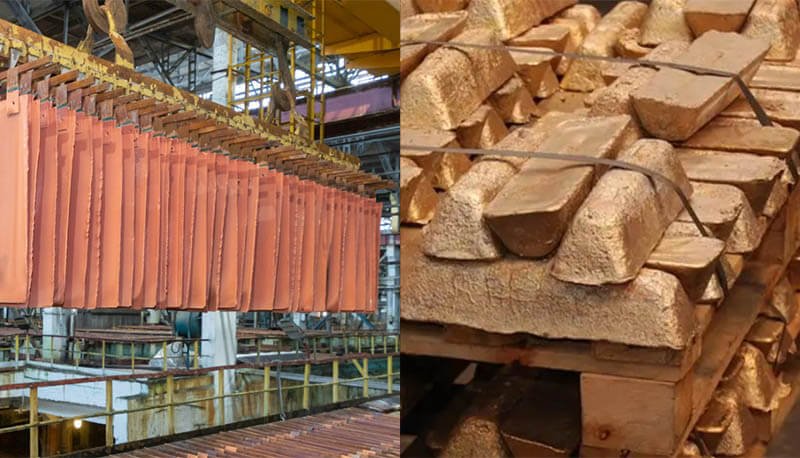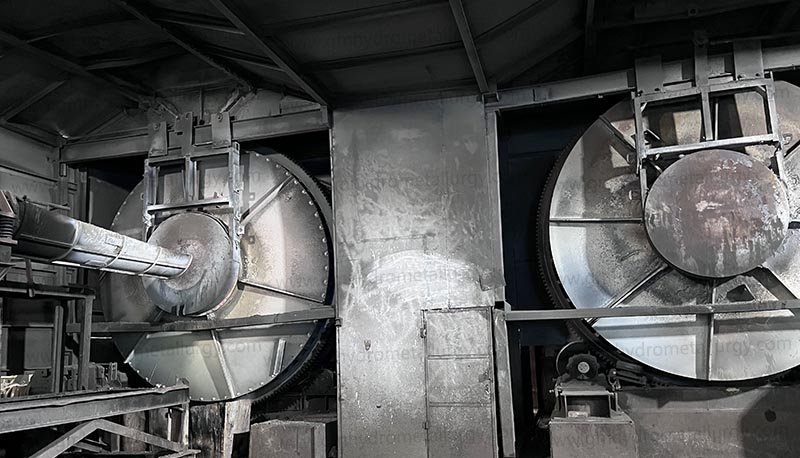The leaching process for extracting palladium and platinum from anode slime generally includes the following steps:
Leaching Process for Palladium and Platinum from Anode Slime
1. Pre-treatment
The anode slime is first crushed to achieve a finer particle size, enhancing the efficiency of subsequent processes.
2. Acid Leaching
Concentrated sulfuric acid is used to leach the anode slime. High temperatures, extended leaching times, and high acid concentrations are typically employed to maximize the extraction rate of metals.
3. Filtration
The leachate is filtered to remove solid impurities, ensuring a cleaner solution for further processing.
4. Lead Removal
An appropriate amount of disulfide (such as sodium disulfide) or organic chelating agents is added to form complexes with lead, facilitating its removal from the solution.
5. Rhodium Removal
A suitable quantity of nitric acid or hydride is introduced under acidic conditions to dissolve rhodium.
6. Platinum Removal
Residual platinum is removed using either a reduction method or solvent exchange technique.
7. Precipitation Recovery
Palladium and platinum are precipitated out of the leach solution, commonly through a reduction precipitation method that converts them into metallic form.
8. Refining and Purification
The precipitated palladium and platinum undergo refining and purification, typically by electrolysis or micro-oxygenation, to achieve high purity.
These are the general steps involved in the leaching process for palladium and platinum from anode slime. Specific operating conditions and process parameters should be adjusted according to the particular situation. The exact process will depend on the specifics of the case and the equipment used.






